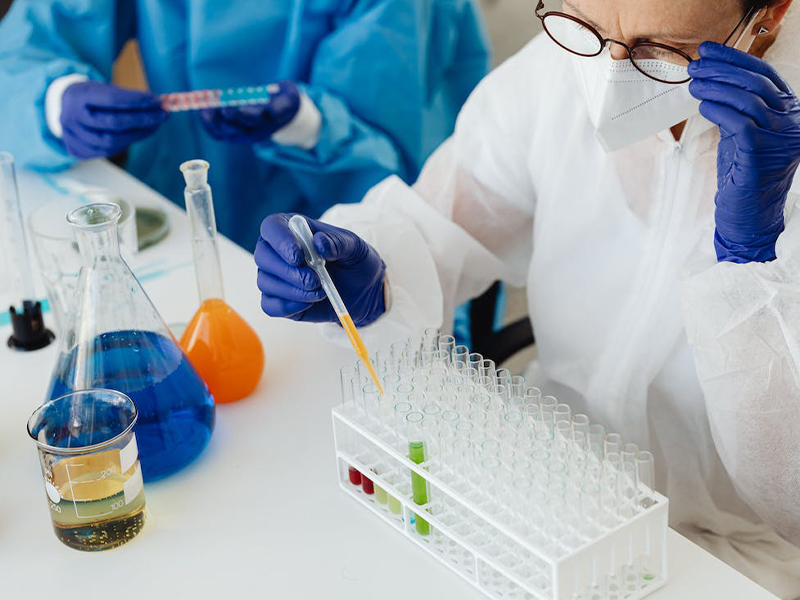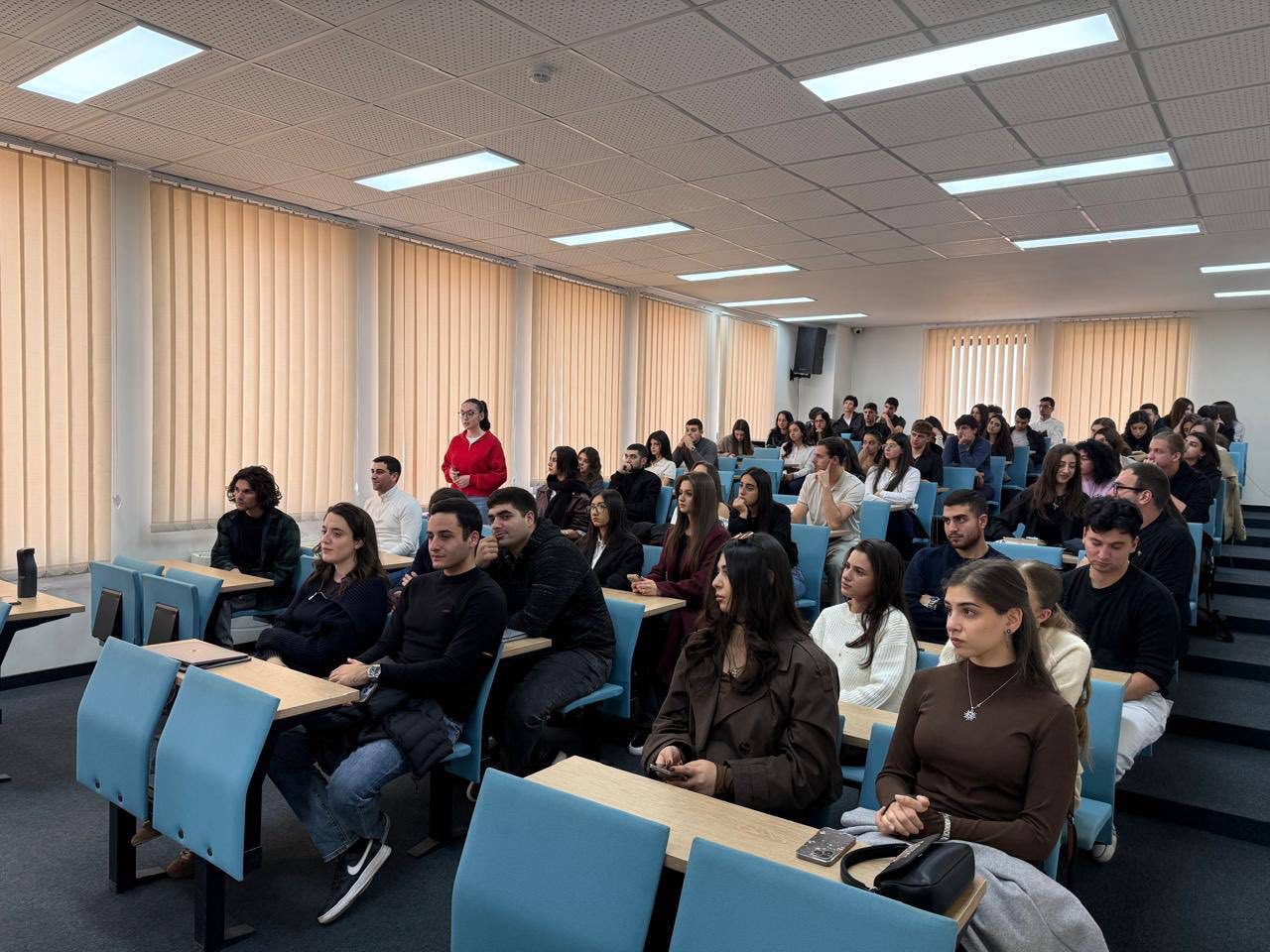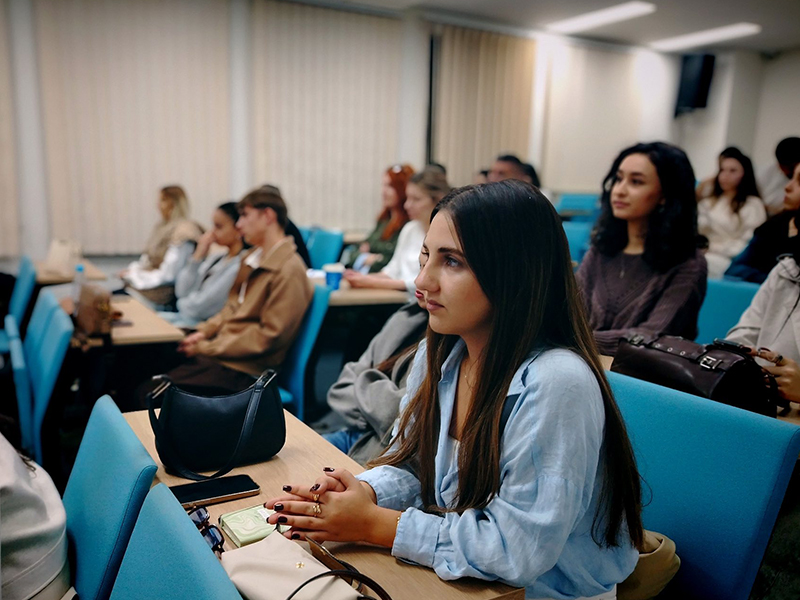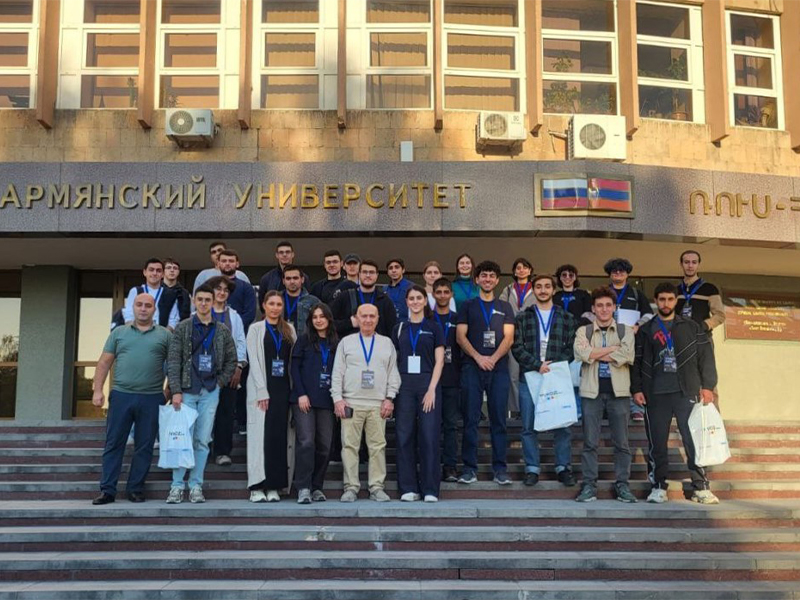
- 22 Nov
- 2022
RAU Scientists Gohar Tsakanova and David Hayrapetyan Ranked First in the Contest of National Academy of Sciences of the Republic of Armenia
RAU Head of the Department of General Physics and Quantum Nanostructures David Hayrapetyan and RAU lecturer of the Department of Bioengineering, Bioinformatics and Molecular Biology Gohar Tsakanova ranked first in the categories Physics, Mechanics, Mathematics, Computer Science and Life Sciences, respectively, in the contest of young scientists called Best Scientific Work.
According to the results of the contest of young scientists Best Scientific Work, Head of the Department of General Physics and Quantum Nanostructures of RAU Institute of Engineering and Physics, Ph.D. in Physics and Mathematics David Hayrapetyan came first in the category Physics, Mechanics, Mathematics, and Computer Science, and senior lecturer of the Department of Bioengineering, Bioinformatics and Molecular Biology of te RAU Institute of Biomedicine and Pharmacy, Ph.D. in Biology Gohar Tsakanova was the first in the category of Life Sciences. The contest was announced by the National Academy of Sciences of the Republic of Armenia, the World Armenian Congress, the Union of Armenians of Russia and Ararat Alliance Institute. The award ceremony took place on November 18.
Gohar Tsakanova’s scientific studies were dedicated to the topic of biomedical application of ultrashort-pulsed laser technology.
"The two-photon microscopy station and the AREAL linear accelerator developed and implemented at the CANDLE Synchrotron Research Institute were used to conduct the research, and the studies on molecular biology were carried out at the Institute of Molecular Biology of the National Academy of Sciences of the Republic of Armenia," the scientist noted.
In particular, a new method for studying oxidative stress in living human erythrocytes was developed, using the technology of two-photon laser scanning microscopy. This can be effectively applied in clinical research and in studies on antioxidant substances.
"Two-photon laser scanning microscopy has also shown to be an effective method for studying oxidative stress in living human erythrocytes not only under various pathological conditions, including aging and irradiation, but also for investigating the effects of various natural and chemically synthesized substances," Gohar Tsakanova added.
Speaking of ultrashort-pulsed electron beam irradiation, Gohar Tsakanova emphasized that she had examined the biological effects of this new type of irradiation in her work. In general, the new type of irradiation provides an opportunity for more effective tissue damage at lower radiation doses, and damage restoration happens much faster than in case of traditional irradiation sources.
It should be noted that the total prize fund amounted to 15 million drams.
Translated by Sofiya Safaryan,
I year Master’s Student in Translation & Interpretation, RAU








